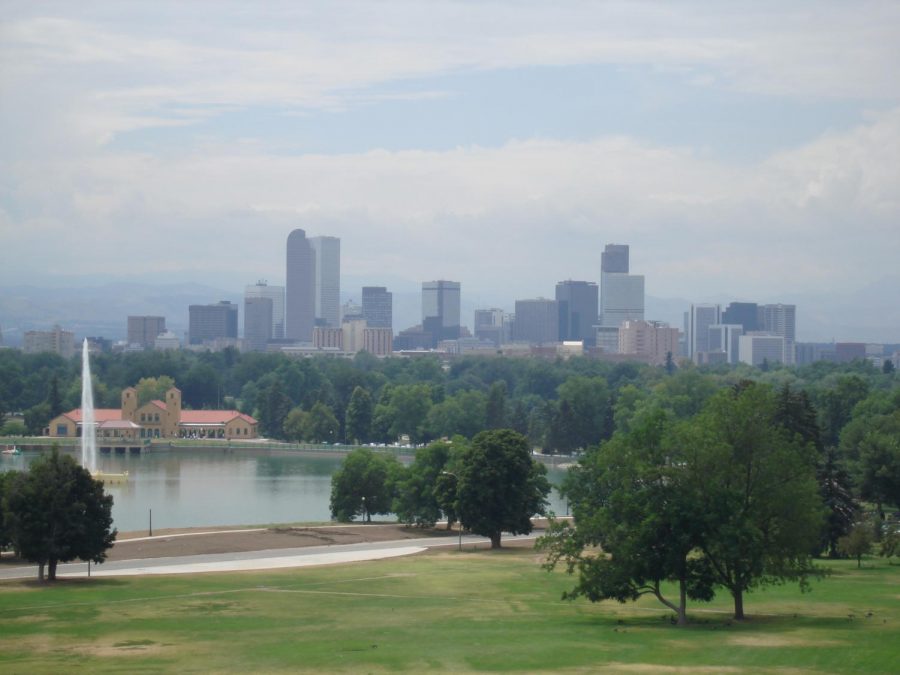Smoke from Colorado’s fires this fall drastically reduced air quality
Wikimedia Commons
In addition to making the air quality dangerous for outdoor activity, smoke from Colorado’s fires also made the Rocky Mountains to the west nearly impossible to see on most days.
November 24, 2020
The haze from the fires prevented people from doing things they had done before. For science teacher Jeffery Boyce, it was significantly harder to keep up his regular running routine.
“I am an avid runner,” Jeffrey Boyce, an environmental science teacher at Creek, said. “I normally run 30-35 miles per week. This summer, I am down to 10-15 because the air quality is so bad.”
Boyce’s running routines differ based on training for specific weeks. Normally, he would run in southwest Jefferson County because he is training for a long-distance trail race (or was, before COVID-19). The air quality was usually better outside the Denver metro area, but this has not been the case this year, with the smoke from the fires being blown from west towards the east.
In late October, there were currently five active wildfires in Colorado that had been burning since July 31. These wildfires directly impacted the air quality across Colorado, making it worse than it had been in years.
Along with the smoke in the air, the visibility was reduced immensely. At the Great Sand Dunes National park, for example, the air quality was decreased by 55 miles.
According to Boyce, “this is measured as an increase in the particulate matter that is in the air.” Particulate matter, sometimes called fly ash, is parts of burned material that weren’t fully burned, making them light enough to be picked up by the wind and transported long distances. [The most concerning type of particulate matter is PM 2.5—it is small enough to be inhaled deep into people’s lungs.]
“This PM is a direct result of forest fires that have been burning both here in Colorado and in California and Oregon,” said Boyce.
The Pine Gulch fire and the Cameron Peak fires quickly became the first and third largest wildfires in state history, surpassing the Hayman fire (2002) and the West Fork Complex (2013). Along with the smoke from California’s fires, which spread across 20 states, the smoke from Colorado’s fires spread over 175,000 acres and “aggravated respiratory ailments.”
Climate change is one of the leading causes of these fires and is contributing to the aggressive spread of the smoke.
“People need to be aware that climate change is worsening the effects of wildfires and we must do something to reverse the damage we have done to our environment,” junior Josh Guthrie, the president of the Eco-action club at CCHS said.
One of the results of climate change is a much longer fire season, causing more chances of human-made wildfires. It will likely continue to cause a wildfire increase.
“I think it is important that we stop talking about climate change as something that is going to happen someday to someone,” Boyce said. “It is happening right now to us.”



















